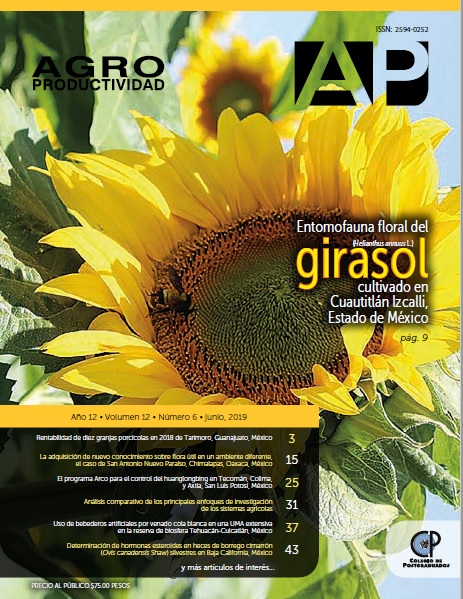Use of water developments by white-tailed deer in an extensive AHU in the biosphere reserve Tehuacan-Cuicatlan, Mexico
Main Article Content
Keywords
phototraping, visit rate, daytime pattern, habitat management.
Abstract
Objective: To describe the use of artificial waterers by the white-tailed deer (Odocoileus virginianus) in an extensive UMA in the Tehuacán-Cuicatlán Biosphere Reserve.
Design / methodology / approach: Drinking fountains were monitored using 26 camera-traps during the dry seasons of 2014, 2016 and 2018. The visit rate and the daytime visits pattern were estimated and analyzed in the program R.
Results: The average visit rate was 4.14 deer / 100 days. In the dry season of 2018 this rate was significantly higher than in 2014 and 2016. The pattern of visits to the drinking troughs was mainly diurnal.
Limitations of the study / implications: This type of studies allows to evaluate the success of the actions of habitat improvement in extensive UMAs.
Findings / Conclusions: Artificial drinking fountains in extensive UMAs, mainly in arid environments such as the study site, are an important source of water for white-tailed deer and other species of mammals and birds which were observed to also take advantage of this resource.

